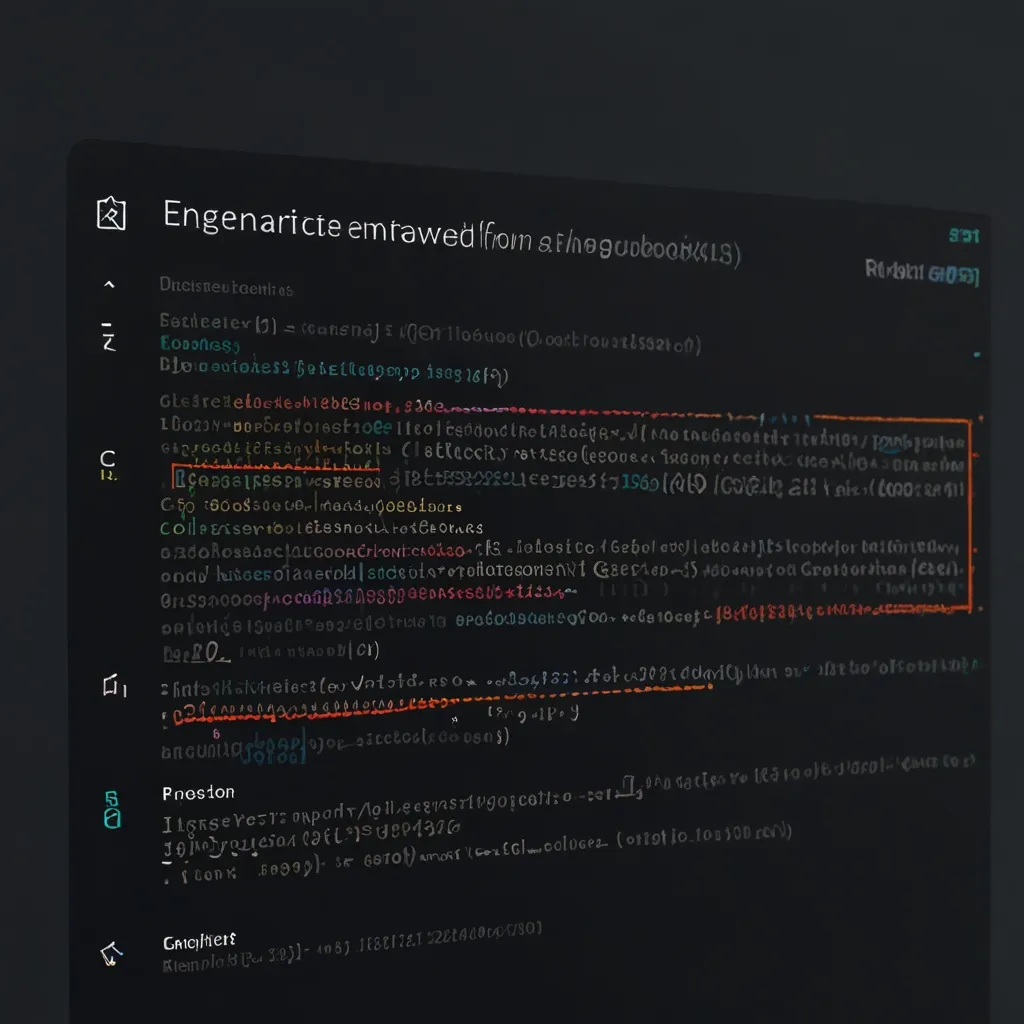JavaScript decorators are like secret ingredients that spice up your code without changing its core flavor. They’re a neat way to wrap extra functionality around your objects and methods, making your code more powerful and flexible.
I first stumbled upon decorators when I was trying to add logging to a bunch of methods in a large project. Instead of manually adding log statements everywhere, I created a simple decorator that did the job for me. It was a game-changer!
Let’s dive into what decorators are and how they work. At their heart, decorators are functions that take another function as an input and return a new function with some added behavior. They’re like a wrapper that you can put around your existing code.
Here’s a simple example:
function logDecorator(originalFunction) {
return function(...args) {
console.log(`Calling function with arguments: ${args}`);
const result = originalFunction.apply(this, args);
console.log(`Function returned: ${result}`);
return result;
}
}
// Using the decorator
function add(a, b) {
return a + b;
}
const decoratedAdd = logDecorator(add);
console.log(decoratedAdd(2, 3));
In this example, logDecorator is wrapping our add function with some logging behavior. When we call decoratedAdd, it logs the input and output, giving us more insight into what’s happening.
But decorators aren’t just for functions. They can also be used with classes and class methods. In fact, there’s a proposal to add decorator syntax to JavaScript, which would make using them even easier.
With the proposed syntax, you could use decorators like this:
@logDecorator
class Calculator {
@logDecorator
add(a, b) {
return a + b;
}
}
This syntax isn’t standard JavaScript yet, but it’s supported by TypeScript and can be used in JavaScript with babel.
One of the coolest things about decorators is that you can chain them. You can apply multiple decorators to a single function or method, and they’ll be applied in order from bottom to top.
function upperCase(target, name, descriptor) {
const original = descriptor.value;
descriptor.value = function(...args) {
return original.apply(this, args).toUpperCase();
}
return descriptor;
}
function exclaim(target, name, descriptor) {
const original = descriptor.value;
descriptor.value = function(...args) {
return original.apply(this, args) + '!';
}
return descriptor;
}
class Greeter {
@upperCase
@exclaim
greet(name) {
return `Hello, ${name}`;
}
}
const greeter = new Greeter();
console.log(greeter.greet('world')); // Outputs: HELLO, WORLD!
In this example, the greet method is first wrapped with the exclaim decorator, which adds an exclamation point, and then with the upperCase decorator, which converts the result to uppercase.
Decorators can be incredibly useful for a variety of tasks. They’re great for:
- Logging and debugging
- Measuring performance
- Access control and authorization
- Caching results
- Error handling and retrying operations
Let’s look at a more practical example. Say we’re building an e-commerce site and we want to ensure that certain operations are only performed by admin users. We could create an adminOnly decorator:
function adminOnly(target, name, descriptor) {
const original = descriptor.value;
descriptor.value = function(...args) {
if (!this.currentUser || !this.currentUser.isAdmin) {
throw new Error('Admin access required');
}
return original.apply(this, args);
}
return descriptor;
}
class ProductManager {
constructor(currentUser) {
this.currentUser = currentUser;
}
@adminOnly
deleteProduct(productId) {
// Delete the product
console.log(`Product ${productId} deleted`);
}
}
const regularUser = { name: 'John', isAdmin: false };
const adminUser = { name: 'Jane', isAdmin: true };
const regularManager = new ProductManager(regularUser);
const adminManager = new ProductManager(adminUser);
try {
regularManager.deleteProduct(123); // This will throw an error
} catch (e) {
console.log(e.message); // Outputs: Admin access required
}
adminManager.deleteProduct(456); // This will work: Product 456 deleted
In this example, the adminOnly decorator checks if the current user is an admin before allowing the operation to proceed. This keeps our authorization logic separate from our business logic, making the code cleaner and easier to maintain.
Decorators can also be used to implement aspects of functional programming, like memoization. Here’s a simple memoize decorator:
function memoize(target, name, descriptor) {
const original = descriptor.value;
const cache = new Map();
descriptor.value = function(...args) {
const key = JSON.stringify(args);
if (cache.has(key)) {
return cache.get(key);
}
const result = original.apply(this, args);
cache.set(key, result);
return result;
}
return descriptor;
}
class FibonacciCalculator {
@memoize
fibonacci(n) {
if (n <= 1) return n;
return this.fibonacci(n - 1) + this.fibonacci(n - 2);
}
}
const calc = new FibonacciCalculator();
console.time('First call');
console.log(calc.fibonacci(40));
console.timeEnd('First call');
console.time('Second call');
console.log(calc.fibonacci(40));
console.timeEnd('Second call');
This memoize decorator caches the results of the fibonacci function, dramatically speeding up repeated calls with the same input.
While decorators are powerful, they’re not without their pitfalls. One thing to be careful of is that they can make your code harder to understand if overused. It’s not always immediately clear what a decorated function does without looking at the decorator’s implementation.
Another consideration is that decorators can affect the performance of your application. While some decorators like memoization can improve performance, others might add overhead, especially if they’re used extensively.
Despite these potential drawbacks, I’ve found decorators to be an invaluable tool in my JavaScript toolbox. They’ve helped me write cleaner, more maintainable code in many projects.
As you start using decorators in your own code, you’ll likely come up with your own creative uses for them. Maybe you’ll create a decorator to automatically retry failed API calls, or one that tracks how often each method in your application is called.
Remember, the key to using decorators effectively is to use them to separate concerns. They’re great for adding functionality that’s not core to what a method does, but that you want to apply consistently across many methods.
Decorators are just one of many powerful features in modern JavaScript. As you continue to explore and learn, you’ll find more tools and techniques that can help you write better, more efficient code. The journey of learning never really ends in programming, and that’s what makes it so exciting.
So go ahead, start experimenting with decorators in your own projects. You might be surprised at how much they can simplify your code and make your life as a developer easier. Happy coding!






